7 Yard Pests in Edmonton That Are Bugging You & 4 That Are Your Friends!
Reading time: 6 minutesUnwanted pests can cramp your style and make spending time outdoors a nuisance. Some destroy your trees or pose a health risk to you and your family. Others, however, aren’t so much of a problem and may even be beneficial.
We examine the bad bugs, the good bugs, and the importance of reliable pest control services.
7 Yard Pests to Get Rid Of ASAP
Here are 7 bugs to be on the lookout for in your yard and what to do if you find them:
1. Spongy Moths
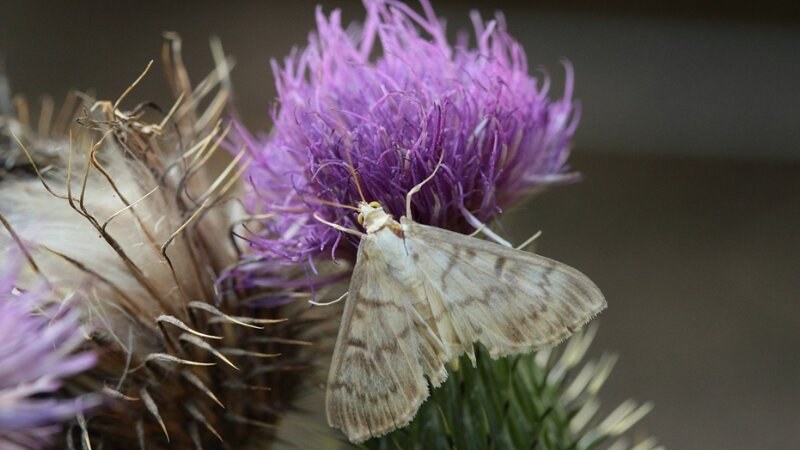
The spongy moth first arrived on Canada's east coast in the late 1800s and has since posed a significant threat to the nation's forests. Spongy moth caterpillars have large appetites and eat a large amount of foliage, often resulting in defoliation and tree death.
The moth's fuzzy eggs are well-protected from winter temperatures, making them challenging to eradicate. Spongy moths can feed on nearly 300 species of trees, with the most commonly affected being poplar, oak, cedar, willow, birch, aspen, and fruit trees.
2. Emerald Ash Borers
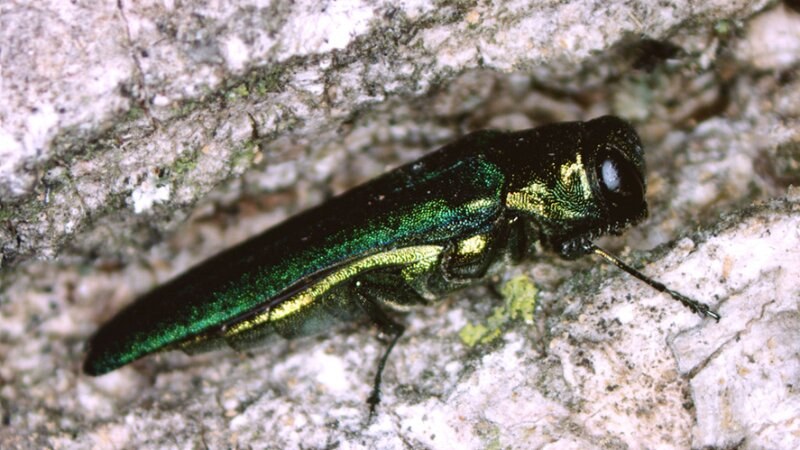
Emerald ash borers are an invasive species of wood-boring beetle that primarily feeds on ash trees. These brilliant metallic-green insects originated from East Russia and Asia in the 1990s and have killed millions of trees throughout Canadian forests to date.
According to the City of Edmonton, these beetles are highly destructive, quickly chewing through a tree's bark to create tunnels, which, over time, disrupt the tree's vascular system and cause it to die without access to water and nutrients.
3. Asian Longhorn Beetles
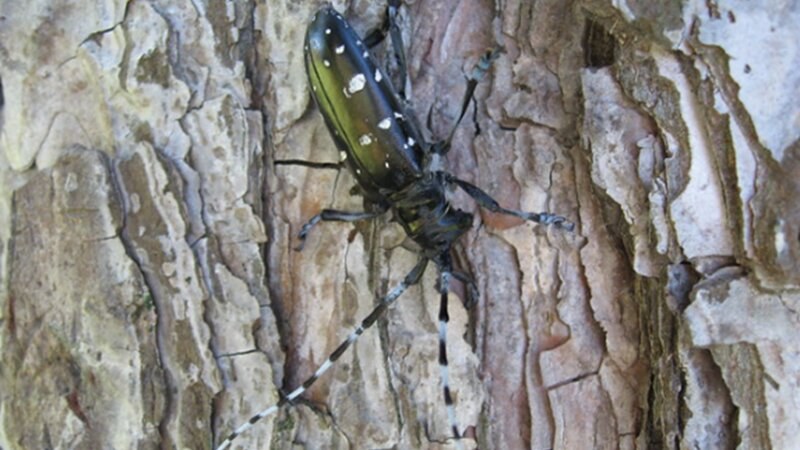
Asian longhorn beetles are another wood-boring insect from Asia. This beetle primarily attacks hardwood tree species, including elms, maples, sycamores, birches, and willows.
The large holes created by Asian longhorn beetles impede a tree's flow of sap, and branches that have been bored through are more likely to break off and fall. If left untreated, trees won't be able to come back from the amount of damage done and will eventually die.
4. Mosquitoes

Mosquitoes are most active in western Canada in the summer months, around dawn, and again at dusk. These tiny flying insects are more than just a nuisance, though. Many have the potential to carry serious diseases like West Nile virus, malaria, Dengue fever, Yellow fever, and Zika virus.
The City of Edmonton sponsors a mosquito control program in the summer and treats ponds, roadside ditches, and other low-lying areas that are likely to collect standing water and create mosquito breeding grounds.
5. Orb Weavers
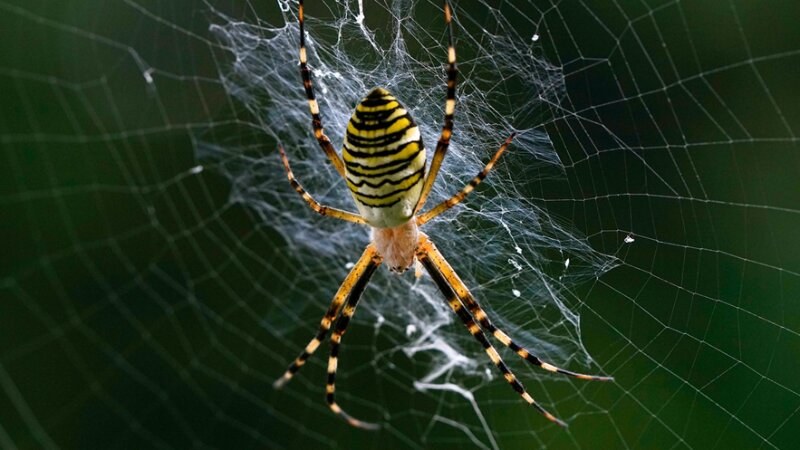
Orb weavers, sometimes called garden spiders, generally don't pose a serious threat to humans. Many people even think they are beneficial insects, but this isn't true. While orb weavers do feed on unwanted pests like mosquitoes and wasps, they typically don't eat enough to have an impact on those populations.
The presence of orb weavers near your house or garden can be bothersome and make it difficult for you to manage or enjoy your plants and outdoor space, especially if there are a lot of them around. Rarely, this spider species can bite.
6. Yellow Jackets
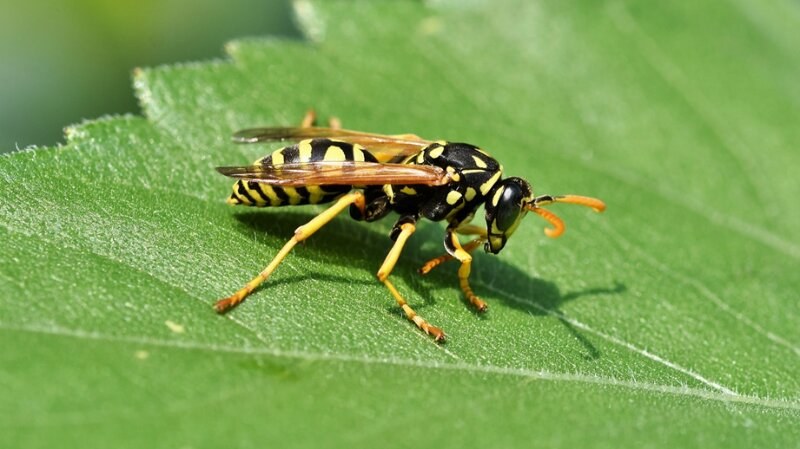
Yellow jackets are stinging wasps that tend to nest in and around homes and garages, making them particularly troublesome and even dangerous for people allergic to their venom.
These wasps eat other problematic insects like beetles, flies, and mosquitoes and are also helpful pollinators. But this doesn't mean they're beneficial—unlike bees, which can only sting once, yellow jackets can sting multiple times in a row if angered. Wasp nests are constructed of thin, paper-mache-like material, and they occasionally forage for sugar and meat at picnics and around garbage bins.
7. Midges
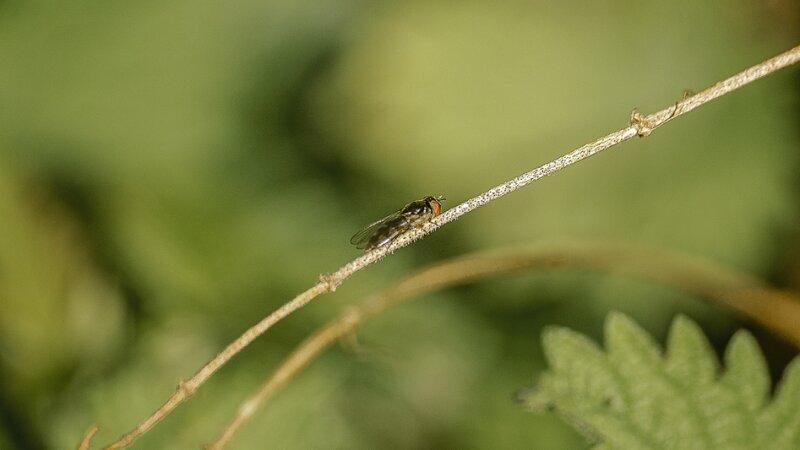
Midges are tiny flies that are sometimes mistaken for mosquitoes. Many species are included in this group, and like mosquitoes, some female midge species need a blood meal to reproduce. These midges have sharp, cutting teeth that tear through skin, causing painful bites and making spending time outdoors a nuisance.
Male midges tend to swarm around ponds and other bodies of standing water but usually don't bite. In some cases, biting midges can spread diseases to deer, horses, and other animals but have not been known to infect humans.
4 Beneficial Bugs You Don’t Need to Worry About
These 4 insects aren’t harmful and can be beneficial for your trees and yard:
1. Green Lacewings
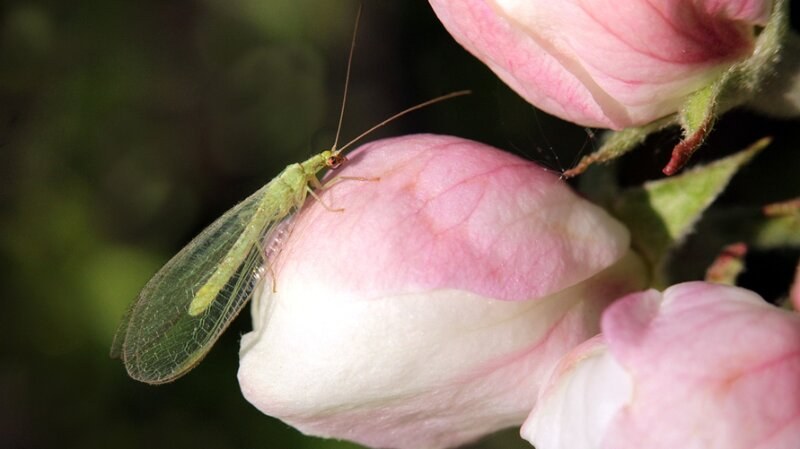
Green lacewings are small, pale green flying insects with paper-like wings. In their larval stage, they naturally feed on mites, aphids, leafhoppers, mealybugs, whiteflies, and other common yard pests and can eat hundreds in their lifetime.
Adult flies don't bite or sting and live for 4 to 6 weeks, eating only pollen, nectar, and honeydew. These insects reproduce quickly, with each female capable of laying around 600 eggs. Like stink bugs, however, green lacewings produce a foul odour when in danger.
2. Flower Flies
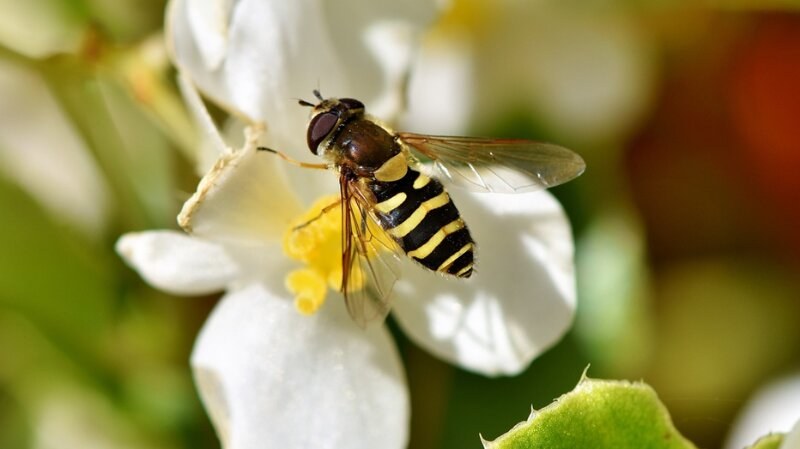
Flower flies, also called hoverflies or sweat bees, are similar to green lacewings in that they feed on aphids and other bothersome pests as larvae but only eat flowers as adults.
These insects are considered beneficial pollinators second only to bees and can transport pollen across very long distances, which makes them incredibly important to the Canadian ecosystem. While hoverflies don't bite humans, they are attracted to sweat and can ingest it by using their tongues.
3. Ladybird Beetles
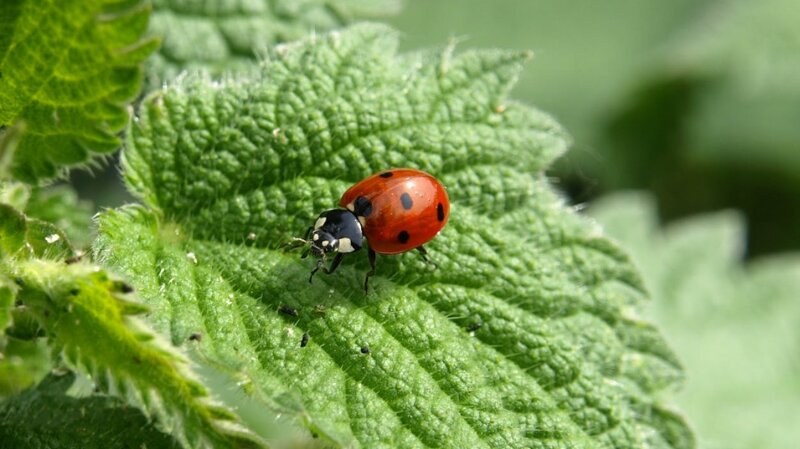
Ladybird beetles, often called ladybugs, are bright red and black-spotted beetles that primarily feed on mealybugs, aphids, lace bugs, spider mites, and other destructive plant pests. Just one ladybird beetle can eat as many as 5,000 aphids in its lifetime.
They don't bite or sting and also serve as beneficial pollinators for your garden. However, these are often confused with similar-looking Asian lady beetles, which can invade homes and produce a foul odour when provoked or crushed. Asian lady beetles tend to be more orange than red and have an "M" shaped marking on the back of their head.
4. Ground Beetles
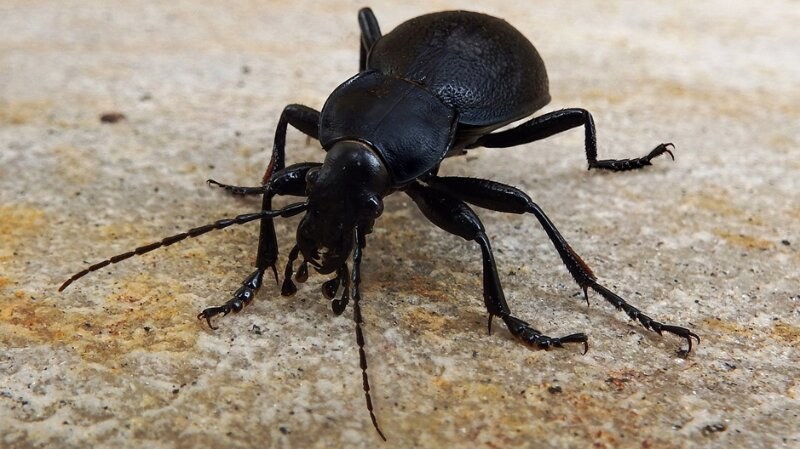
Ground beetles are commonly considered pests, but these simple black or dark brown insects are highly beneficial to gardens. They primarily eat caterpillars, aphids, ants, maggots, and slugs, helping to keep populations of these unwanted pests under control.
While you may not want them in your house, they’re extremely helpful outside, where they contribute to soil health and promote the healthy growth of plants, grass, and trees. Exclusion methods like sealing up cracks in your home’s foundation are effective at keeping these critters outside where they belong.
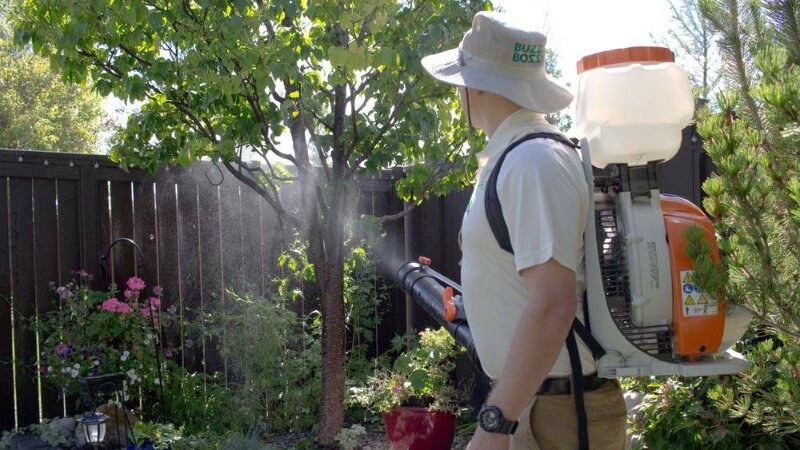
Get Proactive Protection with Buzz Boss’ BuzzShield® Complete
At Buzz Boss, we take pest control seriously. Our BuzzShield® Complete service creates a strong, invisible barrier around your home and yard, keeping unwanted insects and rodents away from your space all year long.
As a top residential pest control provider in Edmonton, Red Deer, Calgary, Okanagan, Saskatoon, Regina, and Winnipeg, we’re standing by to take your call. Contact us to learn more or to book an exterminator to visit your home.

